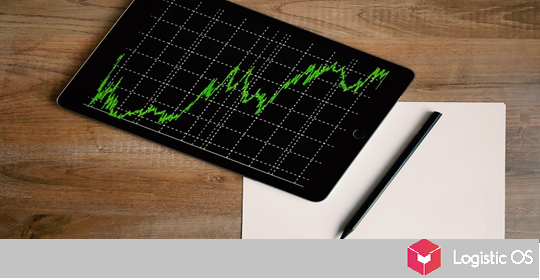After several years of steady growth in indicators, farmers in 2021 faced the opposite trend.
And the prospects for the future are not encouraging at all.
If we take the first 3 quarters of the current year and compare them with the same periods of the previous year, we will see a decline of 4.3%.
This applies to the production of almost all agricultural crops.
At the same time, the indicators of 2020 in relation to 2019 increased by an average of 3%. And neither the coronavirus pandemic nor the restrictions caused by it could prevent this.
Now we see the following picture:
In September 2021 in relation to September 2020, the drop in agricultural production was about 5.8%.
In August even more: 10.1%.
At the moment, as much as 15% less grain has been threshed in Russia than a year ago.
Potatoes were harvested 13% less, wheat — 10%, vegetables — 3.5%.
Only sugar beets, the production of which increased by 2.3%, and sunflower are pleasing to the eye.
At the same time, the 2020 harvest is not bad in absolute terms, it is one of the best since 2014. But the negative dynamics are worrying.
And this despite the fact that the country’s GDP as a whole is growing, as are the prices for agricultural products.
What is the reason for the decline?
According to the Ministry of Agriculture, the main reason is traditional — bad weather.
The cold spring and dry summer resulted in a significant drop in the harvest. This mainly concerns the Urals and the Volga region, but the south of the country also suffered greatly from the drought.
Second reason is labor shortage due to coronavirus restrictions. This factor influenced, in particular, the delay in harvesting.
The third reason is the introduction of export duties. They do not allow farmers to make big profits, while equipment, fertilizers and labor are rapidly becoming more expensive.
What to expect from the new season?
Most farmers see it far from being in rainbow colors.
For example, Andrei Sizov, director of the Sovekon analytical center, believes that 2021 was relatively successful — it was more or less successfully passed by inertia left over from previous years.
The next one will be more difficult, since high prices for capital goods plus high duties will make the business of many companies unprofitable.
“Given the current development of events, we will see a significant reduction in production in the agro-industrial complex in 2022 or, perhaps, in 2023,” — Sizov said.
This season, the yield of some crops is already showing negative dynamics.
Grain yield decreased by 2 centners per hectare (up to 27 centners / ha), in particular wheat (up to 26 centners / ha).
If this trend continues, it may negatively affect the development of agriculture in the Russian Federation.

